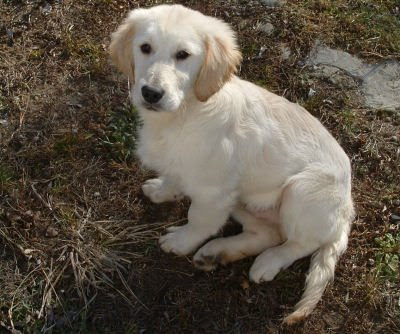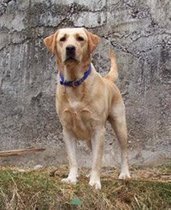
For the fifth consecutive year, Americans have been naming their dogs Molly more than any other name, according to Veterinary Pet Insurance (VPI). 450,000 pets were surveyed by VPI, the nation’s oldest and largest provider of pet health insurance, and Molly came out as top dog (and cat!) again, with no Fido or Spot in sight!
dog collar
1. Molly;
2. Max;
3. Buddy;
4. Bella;
5. Lucy;
6. Maggie;
7. Daisy;
8. Jake;
9. Bailey;
10. Rocky;
11. Billy
12. Nick;
13. James;
14. Bob;
15. Rikki.
“The continuing popularity of Max is largely due to the fact that it is monosyllabic and simple for people and pets to remember, yet easy to distinguish from common commands,” said Dr. Carol McConnell, vice president and chief veterinary officer for VPI. “Plus, it’s a fitting name for an active, energetic pet.”
Few of the names on the top 10 dog names list are traditional pet names. In fact, some of the top 10 names, or close variations, appear on the Social Security Administration’s list of most common baby names. Jacob (Jake) is the top name for boys, while Isabella (Bella) is No. 4 for girls. Ironically, Max is far from the top at No. 160.
“When people consider their pet an integral part of the family, they are more inclined to choose a human name for it,” said McConnell. “The prevalence of pets with human names clearly reflects the growing human-animal bond.”
Each of this year’s top 10 dog names appeared on last year’s list. Bella made the most impressive jump, going from No. 8 to No. 4, while Bailey fell from No. 2 to No. 9.














